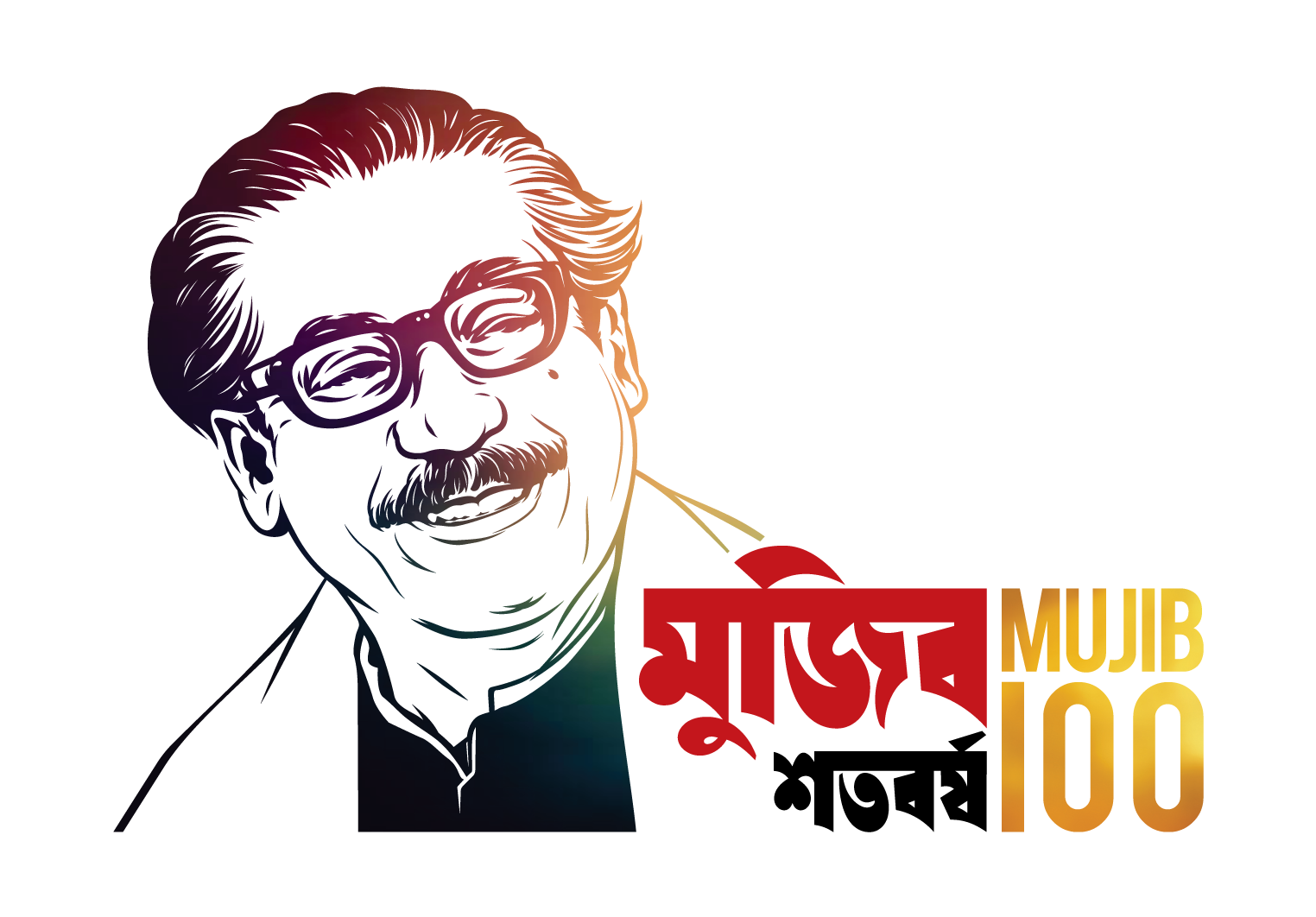| Dipshikha Integrated Family Development (IFD) Approach From the experiences, deeper reflection and analyzing in the field of development, Dipshikha has developed a new concept to make the IDA more intensive, effective and scientific to improve the living conditions of the poor people. The concept is Integrated Family Development IFD Approach. Here a family is considered to be the center of all development efforts. All the members of the family are brought as stakeholders of the IFD approach. Accordingly whatever inputs and resources are invested must respond to the needs and development of all the family members. Family, being an important social unit of the society, Dipshikha takes up projects according to the Integrated Family Development (IFD) Approach. |
- There is scope to maintain comprehensive information of the family, especially regarding family resources like- land, animals, manpower, trees, etc., which are important for development.
- There is provision to include all grown up members of the family in the development process.
- It is easy and simple to follow up and monitor the changes taking place in the family due to development interventions.
- The family can identify the problems, prepare projects and learn necessary skills as per their family development plan.
- This will provide scope for evaluation to check and review changes and impact in future.
Download the complete process of Dipshikha Integrated Family Development (IFD) Approach.
| Dipshikha Integrated Development (ID) Approach Bangladesh is a rural–based country. Almost 80% population still live in the rural areas. The resources of the rural people are very much limited and the problems are always huge. The huge problems of the people are found to be may folded and for this the socio-economic situation gets severely affected in the rural areas of the country. Therefore, it was normal and natural for Dipshikha to identify, examine and prioritize the problems of the villagers, especially of the poor for long-term solution. In this regard, from the very beginning, Dipshikha has been trying to analyze the socio-economic situation of the target population and to include them in the development process. It is like a doctor diagnosing a patient before prescribing medicine. From the analysis of socio-economic structure of the society, it was found that the rural families are socially isolated, lack of formal social institutions, strongly hierarchical, totally dependent on the rich for all kinds of decisions, economically poor and unemployed and under employed. Among the rural people 85% are dependent on agriculture. On the other hand agricultural production is mostly dependent on rain fed subsistence and traditional system. Whatever resources they have are churned and extracted by the local moneylenders and the exploiters. They are not aware about savings or security for contingent purpose or bad days. In a sense, the lives of the poor villagers are deposited in the social accounts of the so-called rich. All the decisions – making power lie in the hands of the vested interests. They act as guide and custodian of the poor. In case of any police arrest and even the rich landowners settle daughter or son’s marriage, quarrel or misunderstanding between husband and wife every thing. In the field of health, malnutrition, lack of sanitation and vulnerability to all kinds of diseases are very common. Politically, the rural people are not conscious about their basic civil rights and in fact they cannot enjoy them because of certain hinder, obstacle and other mostly the victims of the dominating class. Ina sense, there is no scope to take decision independently. Educationally, the poor are totally deprived. Even it was the mentality of the poor that education meant only for the rich. The poor are only to serve the rich and suffer. The poor thought that this was the will of Almighty. Culturally, the poor are only to follow the traditions, values and social practices that were prescribed by the rich. Although the rich do not practice these prescriptions by themselves, the poor are forced to practice. It is all right for them to fail but if the poor failed then they must bear the consequences. In the case of women, the situation is worse. They are doubly exploited and oppressed. For the women, they must satisfy the wishes and desires of their husbands and the whims and demands of the society at large. Considering the integrated problem mentioned above, we in Dipshikha convincingly adopted the Integrated Development Approach (IDA) to counter and remove problems. Dipshikha’s IDA concept and its main components and objectives are reflected in all projects. |


